Canon Netherlands sent me a white Canon EOS R50 mirrorless camera, together with the standard RF-S 18-45mm f/4.5-6.3 IS STM kit lens. The assignment was clear, make an honest review of this tiny camera. You can read the result of this review in this article.
The Canon EOS R50 is truly a tiny camera. At first sight, it resembles the Canon EOS M50 (read my review for the M50 mark II) a lot. But if you look closely, the differences become obvious. The body has sleeker lines, and it has the EOS R lens bayonet.
Although it is a tiny and simple-looking camera, it houses a lot of exciting features, making it a capable camera. I have listed a selection of specifications down below.
- 24 MP APS-C CMOS sensor
- 4,503 AF points, covering 100% of the frame
- AF sensitivity ranges from -4 EV up to 20 EV
- Object recognition and tracking for humans, animals, or vehicles
- Eye, face, head, and body AF tracking
- 2.39 million dots OLED EVF with 0.95x magnification, and 60/120 fps refresh rate
- 2.95-inch fully articulating LCD touchscreen with 1.62 million dots
- Continues shooting up to 12 fps mechanical, and 15 fps electronic
- Captures 14-bit raw and c-raw, 8-bit jpeg, or 10-bit HEIF format
- Captures up to 4K 30p, oversampled from 6K, and full HD up to 120 fps
- HDR PQ color (YCbCr 4:2:2 10-bit)
- Output to an external monitor is possible
- WiFi and Bluetooth connectivity
- Built-in flash
- Only 375 grams with card and battery (the white model weight 1 gram more)

The camera measures only 11.6 x 8.6 x 6.9 centimeters. It is definitely built for small hands. Meaning, not everyone will find the handling of the camera convenient. If you’re considering buying the EOS R50, I would advise you to try it first.
A Closer Look at the Camera Body
The consequence of such a tiny camera is the limited number of physical buttons. On top of the camera, you’ll find the PSAM knob with the main power switch. There is a dial for changing settings and a red movie button. Next to the shutter release button, you’ll find a recessed ISO button.
The remaining buttons can be found at the back, next to the LCD screen. There is an info button, a menu button, a playback button, and a four-way button that holds the Q/set button in the middle.
The two remaining buttons are on the shoulder of the camera. Although these are small and slightly recessed, they’re easily pressed on accident when holding the camera. Although it is possible to get access to every function of the camera with the buttons and dial, the easiest way for operating the camera and menu is by touch screen.
The connections on the EOS R50 are divided between the left and right sides of the camera. Left you’ll find the USB 2.0 type C and micro-HDMI connectors. On the other side, you find a microphone connection. The flash shoe houses the multi-function connectors.
The camera is powered by the small LP-E17 battery, rated for 440 shots with the LCD activated, and 310 shots with the viewfinder. Next to the battery is the card slot for an UHS-II SD card.

Photographing With the EOS R50
There is not much to say about the EOS R50 that can’t be said about the other EOS-R models. The menu is the same, albeit simplified. The number of available settings is not as extensive compared to its bigger siblings. But it will be enough for a smooth and creative use of the camera.
Especially the AF menu is kept simple. Choose one of the AF areas, activate the subject recognition and choose eye detection. That’s about all there is to it. If you push the tiny Q-button, you’ll get the quick menu. Although the EVF is reasonably well to use, you might be tempted to hold the camera at arm’s length while photographing.
It’s possible to use the camera in a more professional way. Switch to the raw file format, use the desired PSAM setting, and play around with exposure and autofocus settings. If you’re used to bigger and more advanced cameras, the lack of physical dials will make it difficult to master a fast and smooth use. But perhaps it’s just a matter of getting used to it.
There is no dedicated AF-ON button. Although you can program the asterisk button for the AF, its position on the camera body is not convenient for that. I found it's easier to keep the AF under the shutter release button.
If you’re not into professional-orientated use of a camera, and you like to shoot without thinking about settings a lot, this camera will do just fine. You have access to the well-designed Canon help screens, guiding you through the different possibilities of this camera. There are a lot of creative settings and scene settings available. These are limited to jpeg images, of course. You need to choose the appropriate setting on the PSAM dial and select the desired effect on the touch screen.
The Canon EOS R50 is clearly meant for the jpeg photographer and social media use. The camera starts with a guide to connect with a smartphone. This way you can shoot images that are directly transferred to your smartphone.
The camera can stream video as well, both in horizontal or vertical orientation, or it can be used as a webcam. The hot-shoe connections allow communication with a select amount of accessories and the camera is small and light enough for handheld vlogging.

Dynamic Range and ISO Performance
The Canon EOS R50 performs well up to ISO 12,800, and is acceptable up to ISO 25,600 if you accept some noise. There is an extended setting that takes it to ISO 51,200, but I wouldn’t advise anyone to use it.
I’ve tested how far an underexposed raw file can be corrected in post. At ISO 400 I would go up to 4 stops correction, perhaps 5 stops, but not more. It means you can easily expose for the highlights and lift shadows in post unless you shoot in jpeg. In that case, you have to rely on the built-in HDR functions.
My Real World Experience
I used the Canon EOS R50 under different situations that mimic real-world use. Although I’m used to Canon cameras, I didn’t like using this particular camera. Don’t get me wrong, the images from this camera look great, and the dynamic range is sufficient for many situations. The problem is its size. Using the camera results too often in accidentally pressing the two buttons on its shoulder, or the four-way button on the back.
On more than one occasion I noticed how camera settings were changed by accident. This became quite frustrating at times. On top of that, the PSAM dial cannot be locked. If you’re not careful the dial will end up in a completely wrong camera setting.

Besides this problem, the camera works great. The autofocus works like a charm, the speed is acceptable, and the rolling shutter effect while panning is well-controlled. I couldn’t let go of the feeling that the Canon EOS R50 is meant for the photographer that shoots in jpeg. After all, a lot of functions are designed for the jpeg photographer only.


The Canon EOS R50 has some nice but somewhat limited video functions. It offers 4K 30p oversampled from 6K, and 10-bit 4:2:2 HDR PQ. It can be used as a webcam and vertical video is supported. But the camera never gave the idea of being a video camera or vlog camera. It’s a photography camera first, and video camera second. Still, it can be used as such if you like.
My Conclusion
I love photographing with Canon cameras. I find the menu system the best there is. The Canon EOS R50 is nothing different and the results look great. It has a lot of features like the autofocus system with subject recognition and eye detection, focus breathing compensation, focus stacking, and much more.
The biggest downside is its size. It’s too small for my hands, even though my hands aren’t that big. Personally, I didn’t like using the EOS R50 that much. That doesn’t mean it’s a bad camera. In the right hands, it will be a great tool with lots of possibilities.

I do think the Canon EOS R50 is aimed especially at the jpeg photographer. Although Canon mentions the EOS R50 also for video, I don’t think it will be the best option on the market. The video footage may look good, it simply doesn’t feel like a video camera.

What I Liked
- Good image quality
- Good ISO performance
- Reliable AF system and AF tracking
- Interval and focus stacking
- A lot of creative possibilities for the jpeg photographer
- Can be used as a webcam and vertical video
- Rolling shutter effect well controlled
- USB-C and micro-HDMI won’t get in the way when the LCD screen is flipped outwards
- Easy to use
What I Didn’t Like
- Too small for my hands
- Some buttons will get pressed unintentionally
- No lock on the PSAM dial
- Small viewfinder
- Video features are too limited for the videographer of vlogger
- No remote connector, this has to be done with the smartphone app.
- Large lenses make the camera more difficult to hold and use.
- Results of the digital extender are not that good













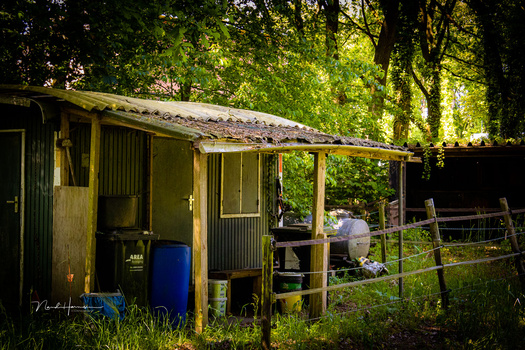
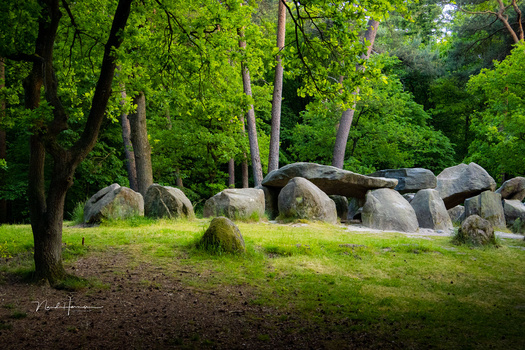
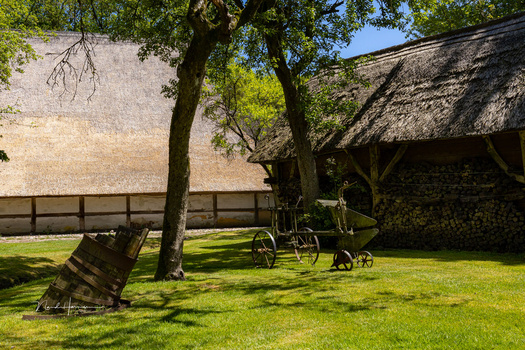
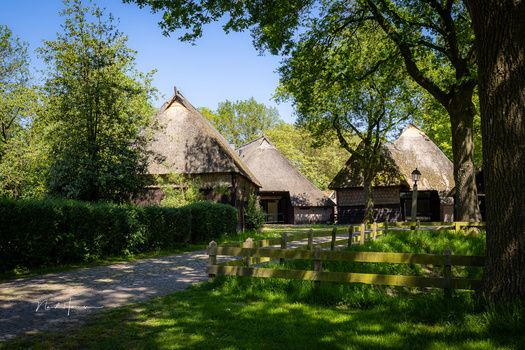
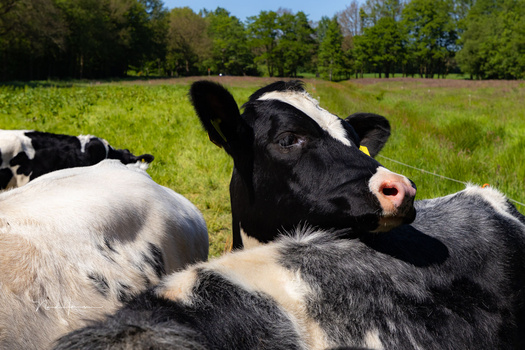
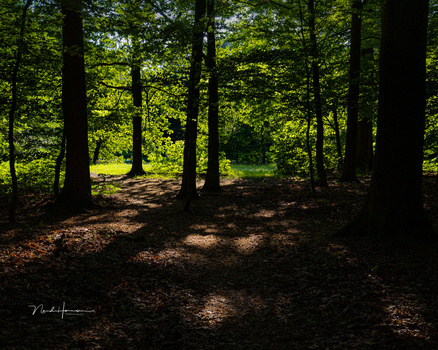
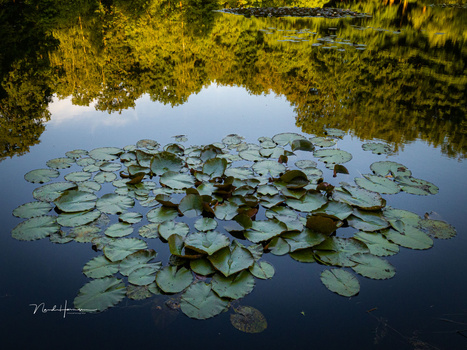
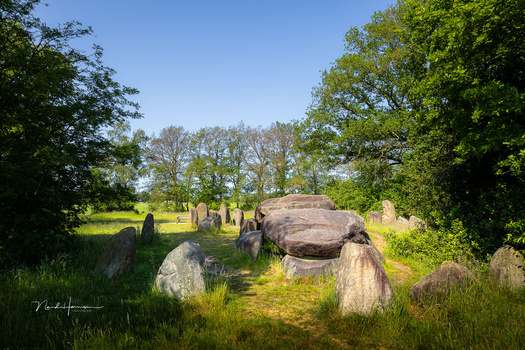

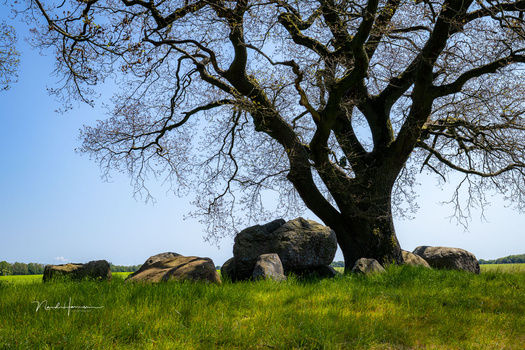
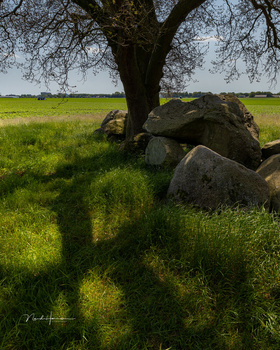
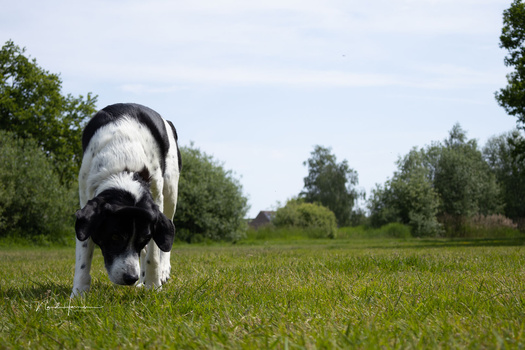
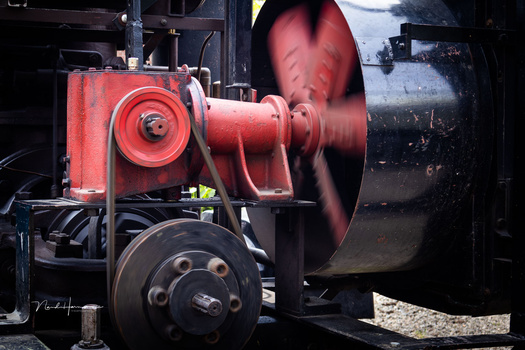
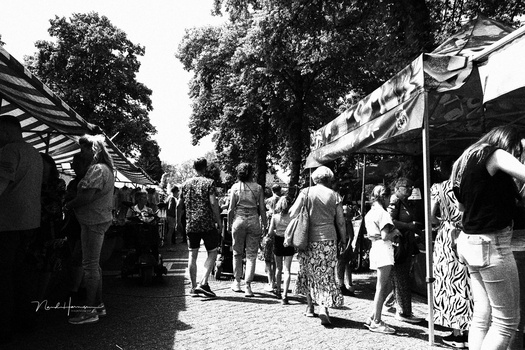
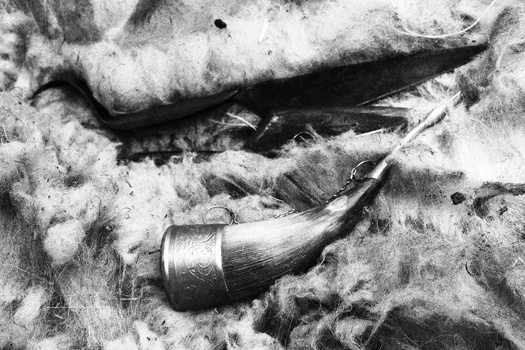
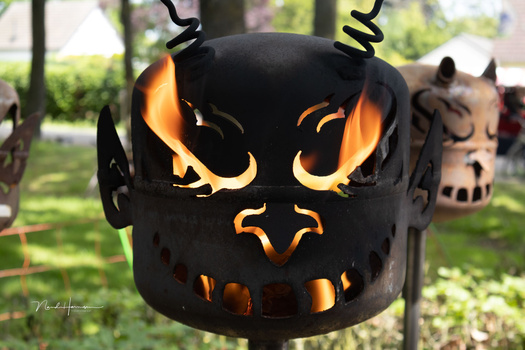
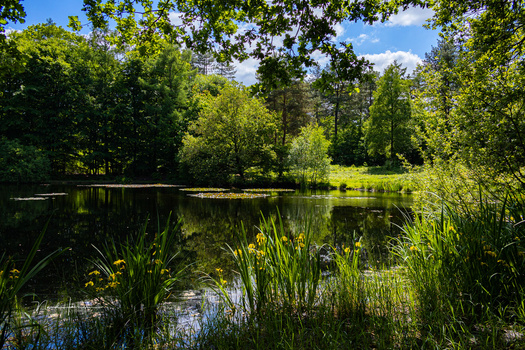







"Canon Netherlands sent me a white Canon EOS R50 mirrorless camera, together with the standard EF-S 18-45mm f/4.5-6.3 IS STM kit lens"
Typo ??
The lens pictured looks like RF-S mount ?
Yep, typo. I've been photographing too long with EF and EF-S so I keep on making this mistake
lol
Phenomenal review. Detailed, fair, LOADS of images. Well done !
Thank you, Michelle
I would love to see a camera like this from Canon with external controls like the Fujifilm X100V. That would be an awesome travel camera!
That would be a great camera indeed. But that's why I have the X100t for many years already. I can concur, it is an awesome travel camera :)
They need to bring out the 11-24 ultra wide angle zoom for it. It’s very slow arriving
Should be the size of an M or M100...
In that case you end up with the R50. That one brought me lots of fun
I bought an R50 as a backup to my R6 and for travel. I don’t shoot video, don’t use beginner “scene modes” and always shoot raw (with a JPEG backup, usually monochrom) and in aperture-priority mode.
All of your criticisms are right on the money. It is much too small to be comfortable, it needs another dial, some of the buttons are always hit inadvertently (bottom and right on D-pad) and the mode dial often gets nudged from AV to M when I least expect it to. Fortunately, all of those problems except the mode dial were very easy to fix.
I disabled the bottom and right buttons on the D-pad and remapped the Movie Record button to another function. The missing second dial is covered by use of the control ring (or control ring adapter for EF lenses) and while it is still too small to be comfortable, that is also its best feature, as it weighs nothing and can be shoved into a coat pocket.
This is, in my opinion, Canon’s best travel camera. I thought about an R10 or even an R8 or RP for a smaller and lighter body, but those cameras, while smaller and lighter than my R6 (or older 6D) are still too big to shove into a pocket.
The R50 has serious ergonomic compromises to get to that small size, but in my opinion, it is worth it, even for advanced photographers with no interest in beginner-friendly automation or video.